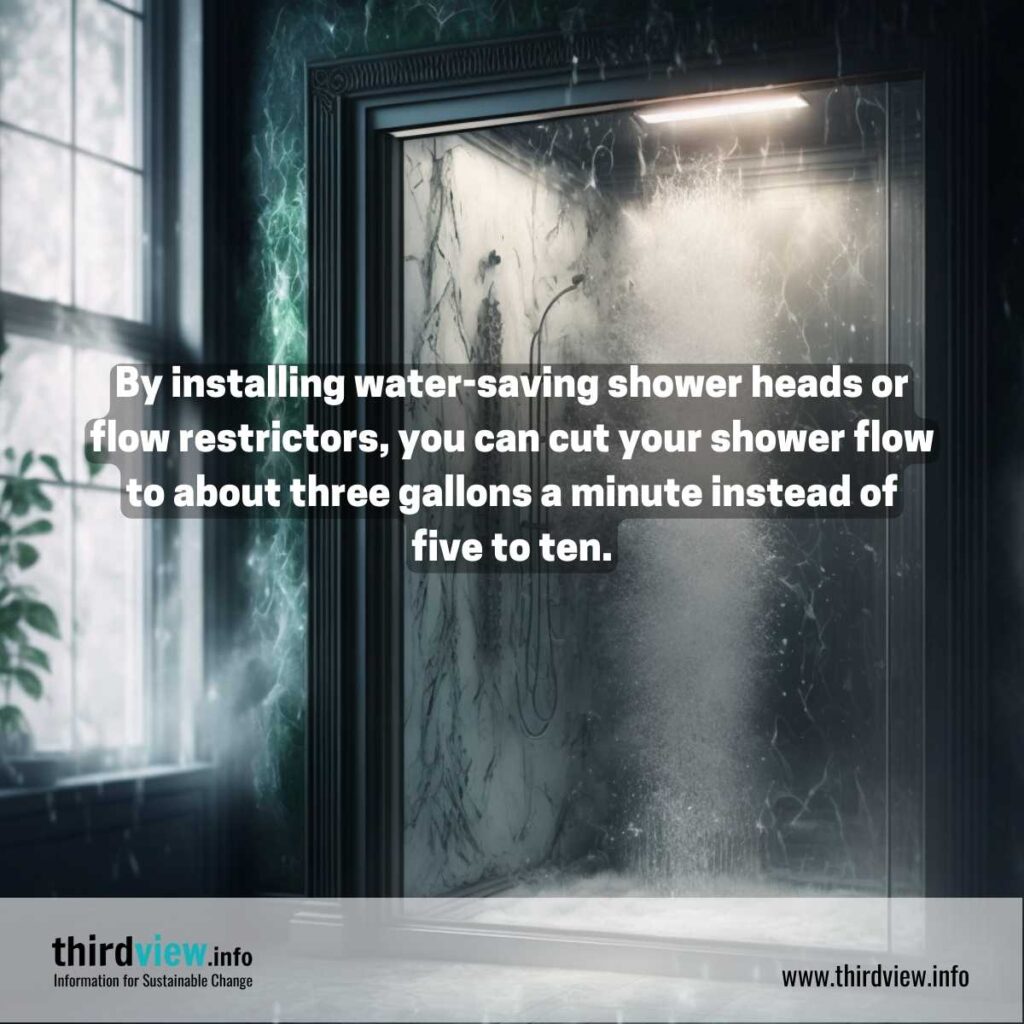The Best Strategy To Use For Reclaim Waste
The Best Strategy To Use For Reclaim Waste
Blog Article
Little Known Questions About Reclaim Waste.
Table of ContentsGetting My Reclaim Waste To WorkReclaim Waste - QuestionsReclaim Waste for DummiesIndicators on Reclaim Waste You Should KnowSome Known Facts About Reclaim Waste.Reclaim Waste for Dummies

Never put unsafe materials down sinks, bathrooms or stormwater drains Materials including fuel, grease, oil, chemicals and herbicides, and solvents such as paint strippers ought to not be put down sinks, bathrooms or stormwater drains. These compounds are difficult to eliminate in the sewage therapy procedure and trigger air pollution problems in our neighborhood waterways.

Although liquid waste is a term that covers a wide selection of materials, there's a great reason leaving its disposal to the specialists is recommended. Fluid waste is non-solid material that has no more usage and has to be treated and dealt with according to local, state and government laws.
The Of Reclaim Waste
Although examples of fluid waste can include wastewater, fats, oils or oil, made use of oil, fluids, solids, gases or sludges and unsafe house fluids, there are some that are taken into consideration to be more hazardous than others when it concerns the environment and the health and wellness of pets and people alike. It's consequently that each state and territory have strict laws linked to liquid waste administration.
Liquid waste can be saved in holding storage tanks or packaged in drums, intermediate bulk containers or authorized tiny containers before either being dealt with or gotten rid of using outsourced vacuum cleaner trucks. Provided the nature of the materials, liquid waste can not go in the general waste stream and there are stringent regulations on how to deal with it correctly.
(https://triberr.com/reclaimwaste1)Relying on a resolution of the level of threat, it might be needed to remediate those sites. Additionally, unsafe fluid chemical wastes are controlled waste and needs to be tracked based on the state waste regulations. Under the chain of wardship and duties, owners are liable and responsible for waste generated by an organization.
One of the core applications for superabsorbent polymers (SAPs) is fluid waste solidification. liquid waste disposal. SAPs are utilized by waste management specialists to stop potentially dangerous fluids from getting in rivers, groundwater aquifers, and other sensitive environments. Due to the fact that fluids can quickly move contaminants into environmental receptors and potentially contribute to geotechnical failings, fluid wastes are often banned from disposal in garbage dumps
See This Report on Reclaim Waste
Essentially, free fluids are fluids that divide from the solid part of waste material. Liquid waste can include the following: HDD mud and cuttings Landfill leachate Wastewater treatment sludge & biosolids Dug up sediments Oil and gas drill cuttings Clearing up fish pond muck Hydro Excavation slurry Coal burning residuals/ash Tank bottom sludge Concrete grinding/polishing slurry Relevant Short article: For a practical example of cost-free liquids separating from waste product, take into consideration the adhering to circumstance: A waste management contractor tons a dump vehicle with sludge from a wastewater therapy plant's aeration basin, during a regular maintenance event.
Nonetheless, when the chauffeur gets here at the garbage dump, he notifications water seeping from the sludge and putting from the dump truck. The lots was rejected by the land fill and the chauffeur was compelled to deal with the waste as a liquid waste at an unique facility, which raised the disposal costs greatly.
We likewise need to be accountable for the appropriate disposal of our waste materials. It is not enough that we pay waste disposal business to take care of our rubbish.
The 6-Second Trick For Reclaim Waste

Segregating your waste can start inside the home. Segregate completely dry and fluid waste as well as edible waste, biodegradable and non-biodegradable materials.
Layer the base with dirt to soak up the wet waste. Layer the garden compost with damp and completely dry waste as well as dirt to maintain a balance in between the wet and the completely dry.
Fascination About Reclaim Waste
To help with faster decomposition, you can likewise add semi composted dirt to the compost. If you discover the odor is coming to be also strong, include additional newspapers and paper waste or add even more openings to the garden compost container to maintain the balance of the waste materials.
We likewise require to be accountable for the proper disposal of our waste materials. It is not sufficient that we pay waste disposal firms to take treatment of our rubbish.
Our waste, our obligation. Have you ever before questioned what occurs to your liquid waste after it's collected? Did you understand that fluid waste can be reused?
Everything about Reclaim Waste
Segregating your waste can start inside the home. Segregate dry and fluid waste as well as edible waste, eco-friendly and non-biodegradable products.
You can use old garbage can, container, yard pot or old plastic drums. Drill four to five holes in the container so the air can flow. Layer the base with soil to absorb the wet waste. Start the composting procedure. Layer the compost with wet and dry waste as well as dirt to keep an equilibrium in between the damp and the completely dry.
Cover the garden compost bin. Once a week, add soil in addition to the garden compost. To assist in faster disintegration, you can also add semi composted soil to the garden compost. Preserve the compost. If you notice the smell is ending up being as well strong, include additional newspapers and paper waste or add more holes to the compost bin to keep the balance of the waste products.
Report this page